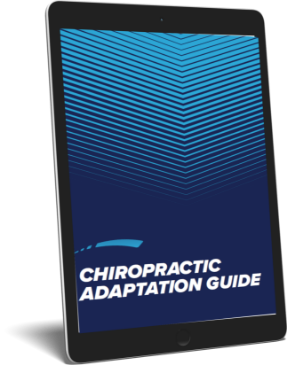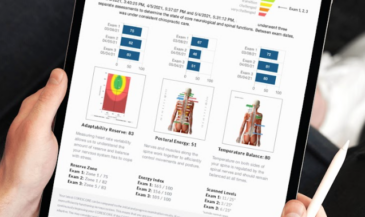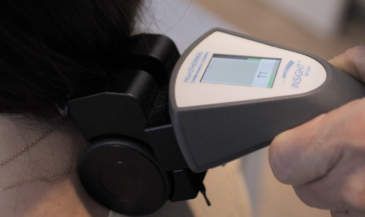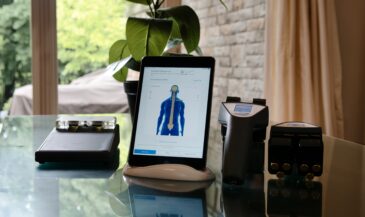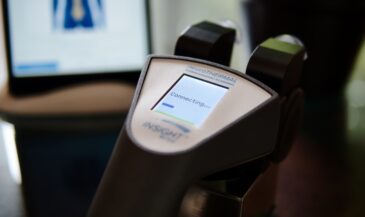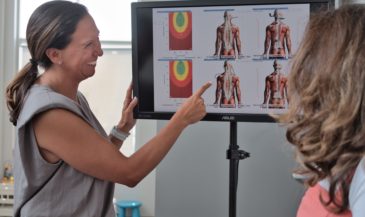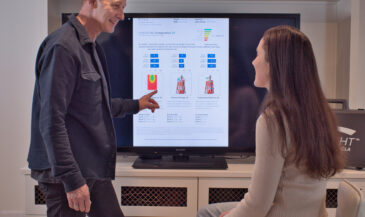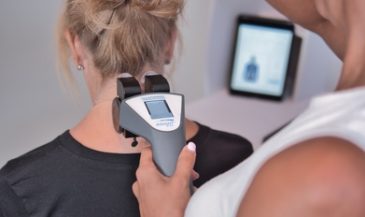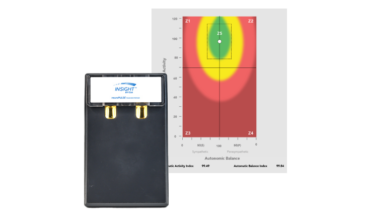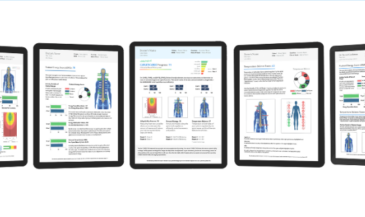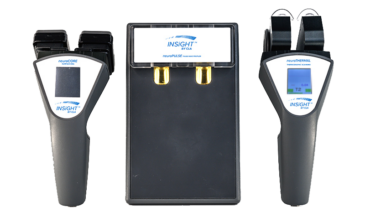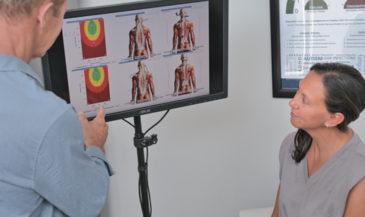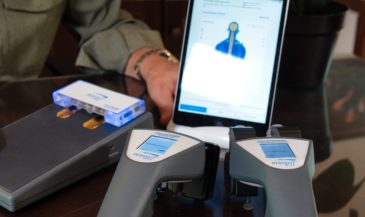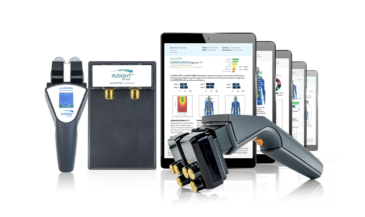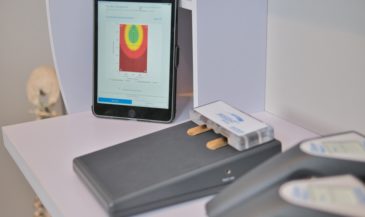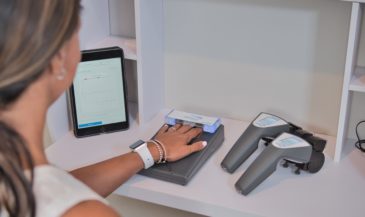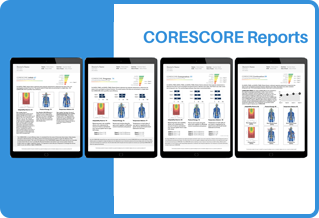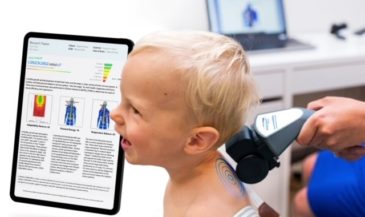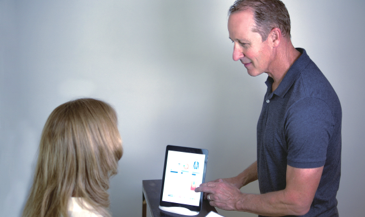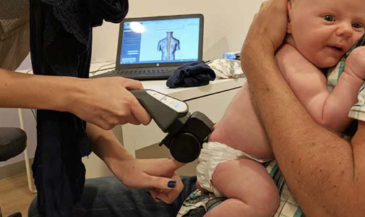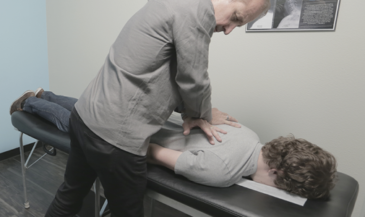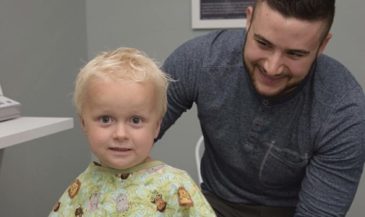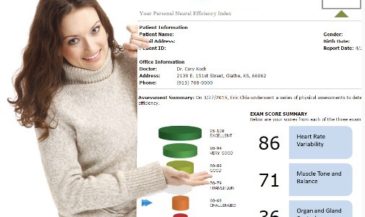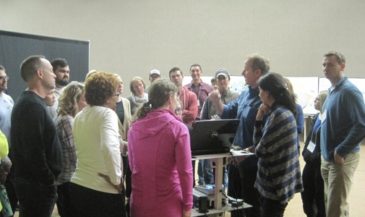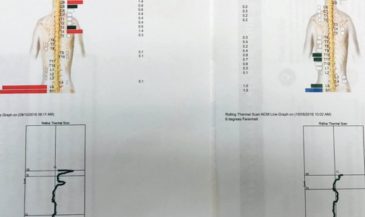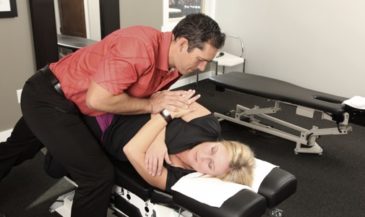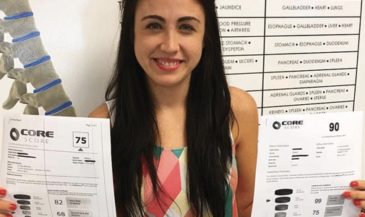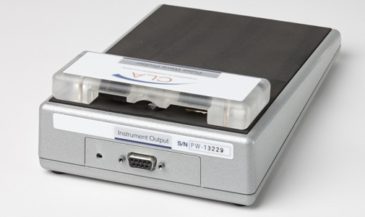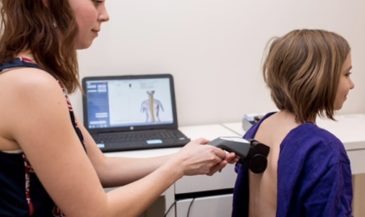Using instruments in a chiropractic examination is essential to observe and objectify the practice member’s functional neurological status. It’s wise for the chiropractor to gather information from a deeper, objective level so that we can advise our patients of their improvements and ongoing challenges. So, what are we looking for? The simple answer is adaptability. Simply put, we can look at how the body’s intelligence is coping, while under stress. Is it matching the demands of gravity? Can it use motor nerve signals to keep the right muscle tone and balance? Can the blood vessels, organs and glands regulate effortlessly when at rest? Have the combined effects of daily stress accumulated so that there’s not enough emotional and physical reserves to keep our patients healthy? Listening, observing and palpating are a great beginning to a chiropractic examination but the story of adaptation lies deeper within the functioning nervous system.

The complexities of the functioning nervous system are immense and remarkable. The sensory system allows the body to interpret itself in its environment while the motor and autonomic systems allow for movement, support and regulation while, all the time, learning how to adapt more efficiently. In the chiropractic lexicon, we can measure these variables and compare them to a well adapted, well-adjusted population and then describe the patient as being subluxated, if they exhibit these persistent inefficiencies. Over time, vertebral subluxations emerge as part of the body’s inability to adapt successfully and we can quantify what areas of the spine and spinal nerves are subluxated and to what extent these subluxations have affected the internal processing. It’s because of this degree of complexity and ongoing adaptability that technology becomes an invaluable asset for observing where change is happening and how each patient is coping.
When we observe patients undergoing chiropractic care, an incredible array of changes occur at the neurofunctional level.
- The overall balance and capacity of their autonomic nervous system improves.
- They spend much less motor-neural activity to maintain their postures.
- They move with greater freedom and efficiency.
- The organs and glands operate with greater control when the regional autonomic nerve centers function more efficiently.
- They learn, think and socialize at an accelerated pace as they process their environment more completely and with greater ease.
To look through one lens of the nervous system is important but gaining a perspective of the how the adaptive, postural and regulatory nervous system combine to keep a human at their optimal best, is why chiropractic exists! Completing a thorough neurofunctional and structural examination gives such insight into how a patient will succeed under your care.
So, how is neurofunctional testing streamlined in today’s busy practice environment? Simple. Data from three INSiGHT instruments can instantly create a thorough picture of the patient’s neural efficiencies.
- It begins with an Heart Rate Variability (HRV) analysis to look at the overall balance and capacity of the ANS.
- This is followed by a surface EMG scan that identifies the areas of wasted postural energy; and finally
- Thermographic scanning looks deeper into the spinal nerve centers that regulate the end organs and glands.
All of these non-invasive tests collect their data and compare the results to the ideal, well-adjusted patient data bases. Remember, adaptability directly correlates to the degree and ease of central neural function. In only a few minutes, an overview of the patient’s neural functional, postural and regulatory status can be measured and graphed. These essential images and scores confirm, to both the clinician and patient, how vertebral subluxations are involved so that an objective care plan can be prepared and progress tracked at all stages.
We all know that chiropractic works! When subluxations are identified and adjusted, the adaptive response is awakened and the intelligence of the body begins to reorganize itself towards a more efficient and creative state. Using reliable and validated instruments to track this amazing awakening helps to define you as the expert that you are in the field of human health and potential.
Are you using neurofunctional testing in your office? Share how that is working for you on our Facebook page! We’d love to hear from you!
Thanks for reading,




